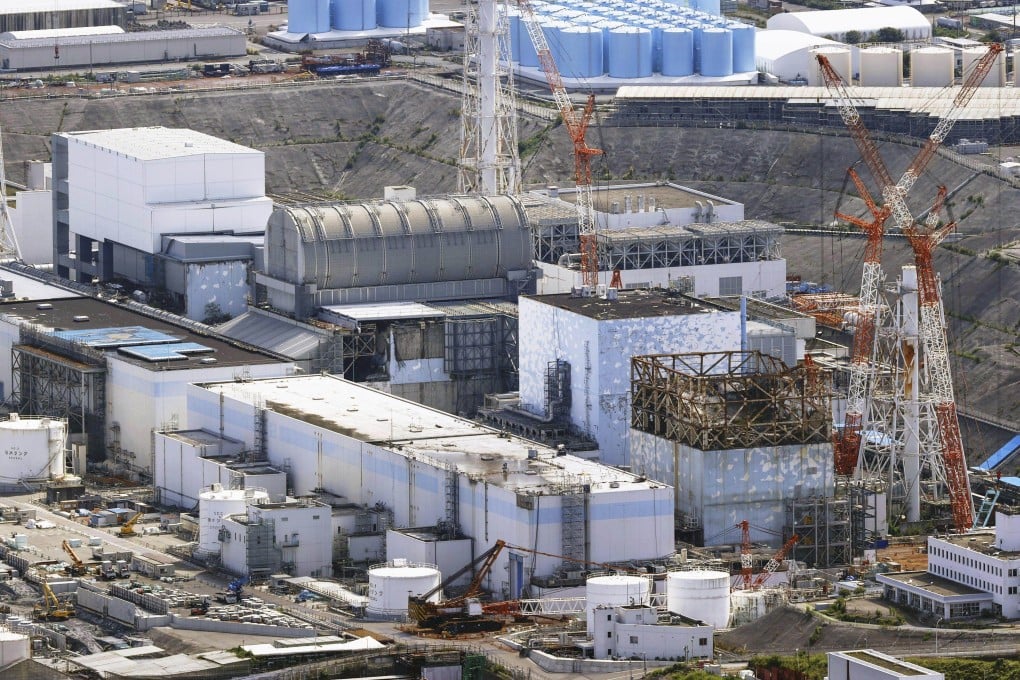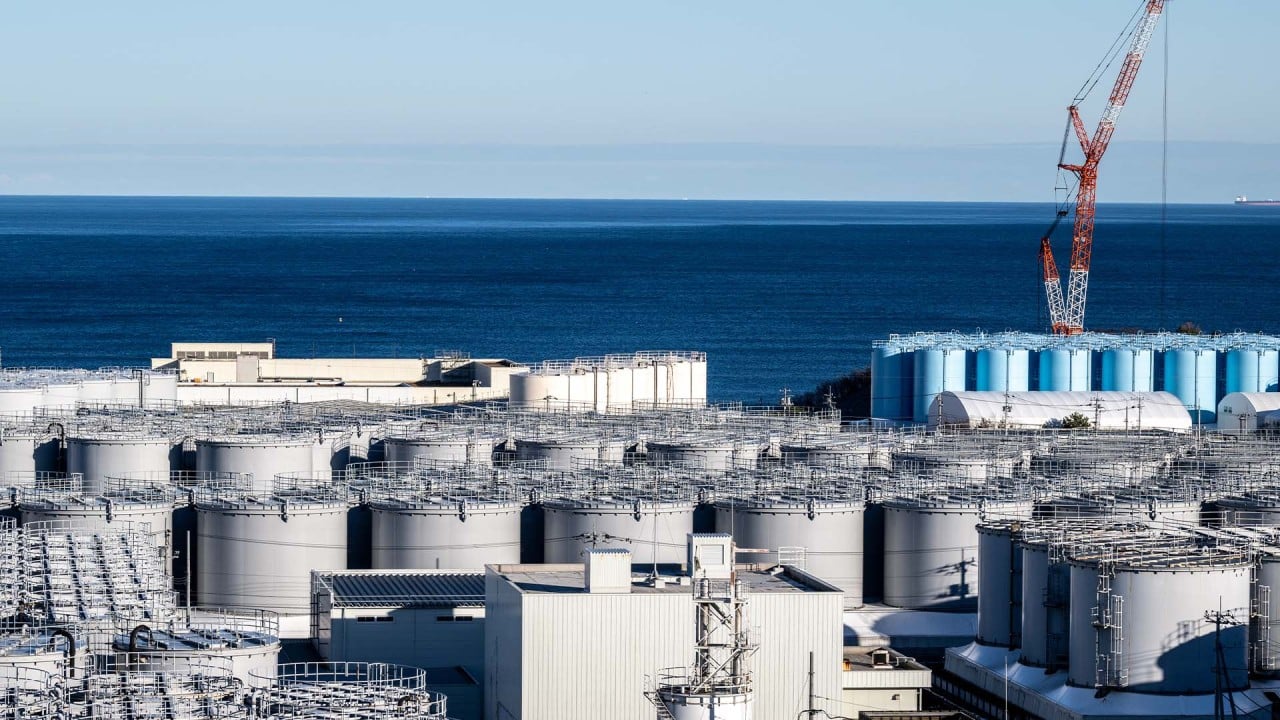Opinion | Japan’s release of treated radioactive waste water from Fukushima won’t hurt Pacific Ocean
- Tritium is the main radioactive contaminant remaining after treatment via the ALPS technology, which will ensure the waste water is safe for discharge
- The Pacific Ocean has always contained radioactivity, including from potassium and tritium, and the small amount to be added by the Fukushima water is not likely to cause any harm

At first glance, releasing radioactive water into the ocean does sound like a terrible idea. Greenpeace feared the radioactivity released might change human DNA, China and South Korea expressed disquiet, while Pacific Island nations were concerned about further nuclear contamination of the Blue Pacific. One academic publication claimed the total global social welfare cost could exceed US$200 billion.
But the Japanese government, the International Atomic Energy Agency (IAEA) and independent scientists have declared the planned release to be reasonable and safe.
Based on our collective professional experience in nuclear science and nuclear power, we have reached the same conclusion. Our assessment is based on the type of radioactivity to be released, the amount of radioactivity already present in the ocean, and the high level of independent oversight from the IAEA.
How much water is there, and what’s in it?
The storage tanks at Fukushima contain 1.3 million tonnes of water, equivalent to around 500 Olympic-sized swimming pools.
